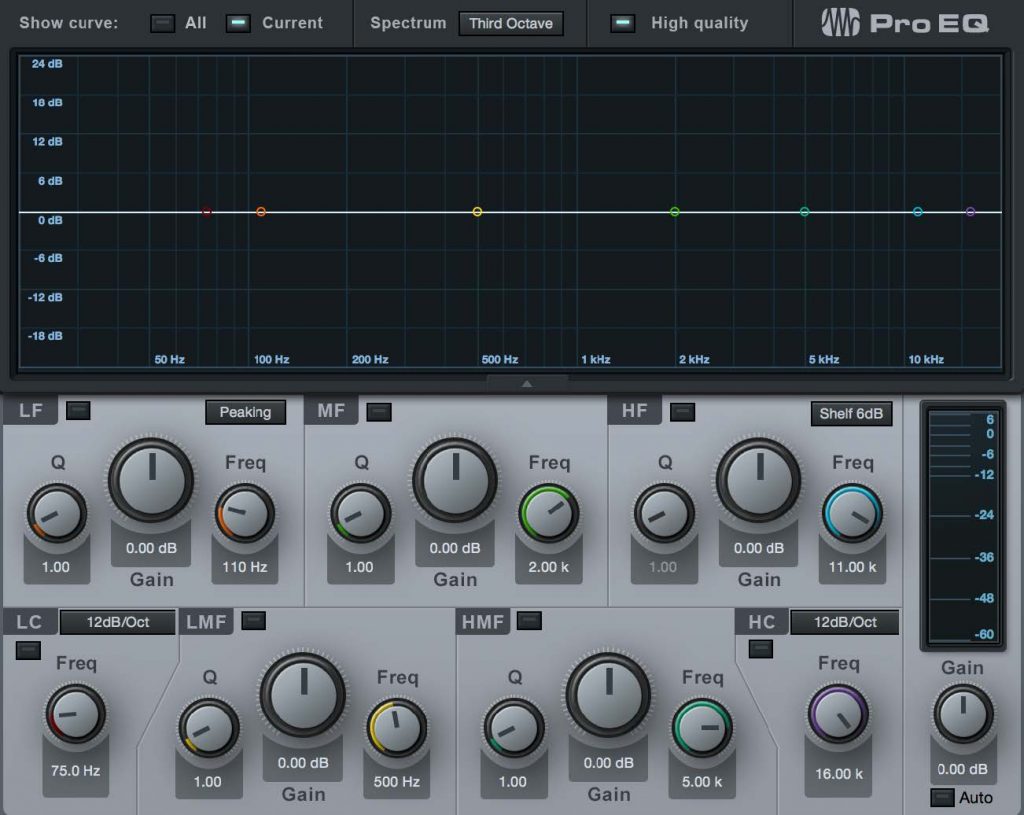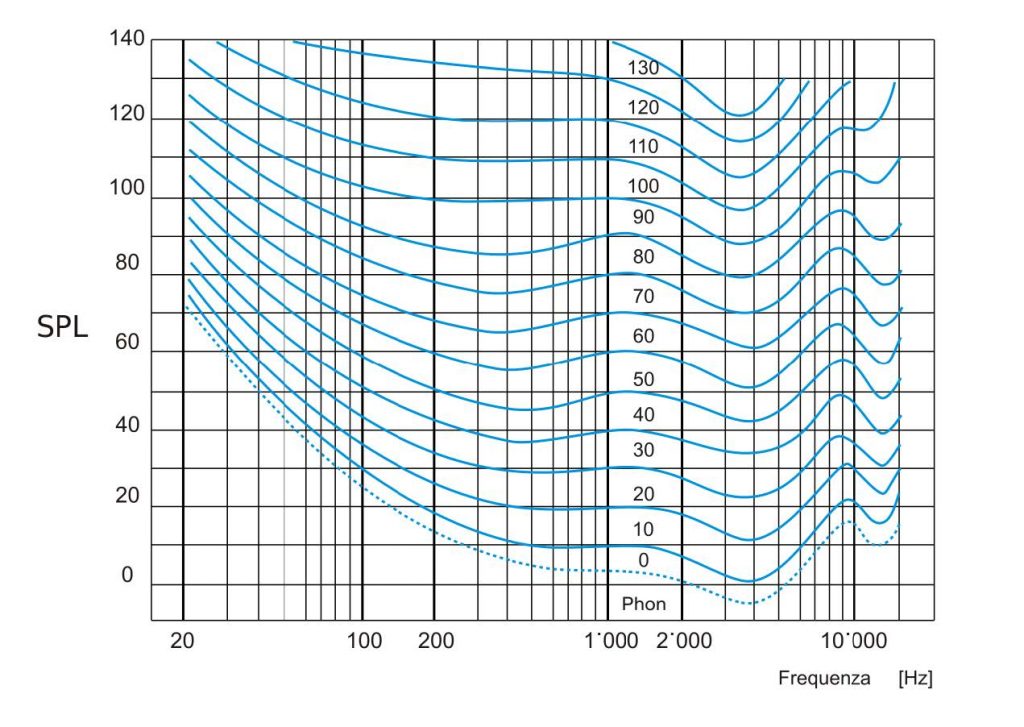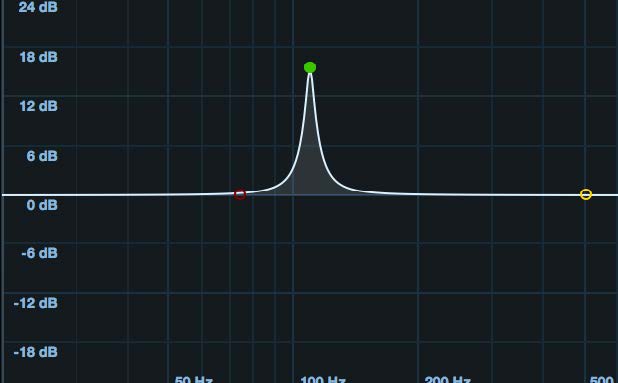Tricks for the use of the equalizers
Hello everyone and welcome back to our column. Last time I described how an equalizer is composed. Today I would like to stay on the same theme, trying to provide you with some basic rules to be adopted during the timbre processing of a sound.
By now we know that an equalizer is made up of a set of filters, dedicated to modifying the frequency response of a sound.
Fig1
A good way to approach the equalizer is to cut unwanted frequencies rather than emphasize the ones we want.
The result will be to obtain a more natural sound without adding additional gain beyond that given by the pre-amplifier of the sound card or mixer. Obviously this type of technique is not always feasible but in some circumstances, it can prove to be very effective.
Fig2
• Another thing to keep in mind is that the equalizer cannot work miracles! Its use generally serves to improve a qualitatively good recording, if this is not the case it is preferable to repeat the take perhaps by changing the positioning of the microphone and double-checking the recording levels.
• Since the human ear has a better auditory perception in the medium-high frequency range, you should avoid overemphasizing this region otherwise the mix could be too jarring (radio or telephone effect) even going so far as to annoy the listener.
Fig3
When recording a voice with a dedicated microphone, it must be taken into account that generally the frequency response will be accentuated in the mid-high frequency range. Consequently, by applying a slight emphasis to the low and high frequencies, we will be able to compensate for this characteristic, giving the sound a more rounded and at the same time sparkling texture. However, it is important to remember that each item has different characteristics and therefore these general settings must be adapted to the various situations.
For example, a female voice that is particularly “light” in terms of timbre may need a more sustained gain on the low and mid-range, while a tenor voice generally needs a cut on the low and an emphasis on the mid-high and high frequencies.
In summary, the important frequencies to consider for the voice are: about 3000 Hz, as regards the intelligibility area (a gain of a couple of dB gives greater understanding).
From 7000Hz to 10000Hz for the brightness area (be careful not to overdo the gain, to avoid an excess of sibilants). From about 400Hz to 600Hz, we will find the “box” area, that is the part of the voice that resonates under the soft palate.
If this component is in excess, it makes the voice “canned”, as if you were speaking into a glass or similar container.
In this case it is good to attenuate these frequencies by 2 or 3 dB.
Fig4
Another concept to keep in mind is that “everything that disturbs, must be put in the foreground”.
Let me explain better … it often happens that you find yourself in a situation where it is necessary to attenuate some components of a sound that are annoying.
The complex thing is to identify the right frequencies on which to act. With the Sweep technique, everything is very simple, let’s see how: Activate a parametric filter with narrow sampling, on the gain give an emphasis equal to 8-10 dB, at this point turn the potentiometer relative to the choice of the center frequencies in in such a way as to move slowly throughout our audible range (20Hz – 20000Hz).
In this way, you will emphasize small portions of the frequency starting from the low, progressively arriving at the highs. Surely, at some point, you will also emphasize the “annoying” area we were talking about earlier. Well, at that moment all you have to do is stop, slightly increase the size of the bell and act on the negative gain, subtracting n. dB and that’s it!
Of course, this technique is also valid for highlighting the positive characteristics of a sound, in this case, however, once the frequency portion concerned has been identified, we will act on the gain in positive.
Fig5
To conclude, I can tell you that in general, the interventions that are made to the sounds to modify their frequency response in order to contextualize them within a complex mix, should be in the order of about + or – 4 dB.
If we feel the need to act more on the timbre, most likely we will have made mistakes in the microphone recording phase. My advice is to avoid acting heavily with the filters but when possible, repeat the recording.
I hope I was useful to you, I just have to say goodbye and give you an appointment at the next pill!
Simone Lampedone








